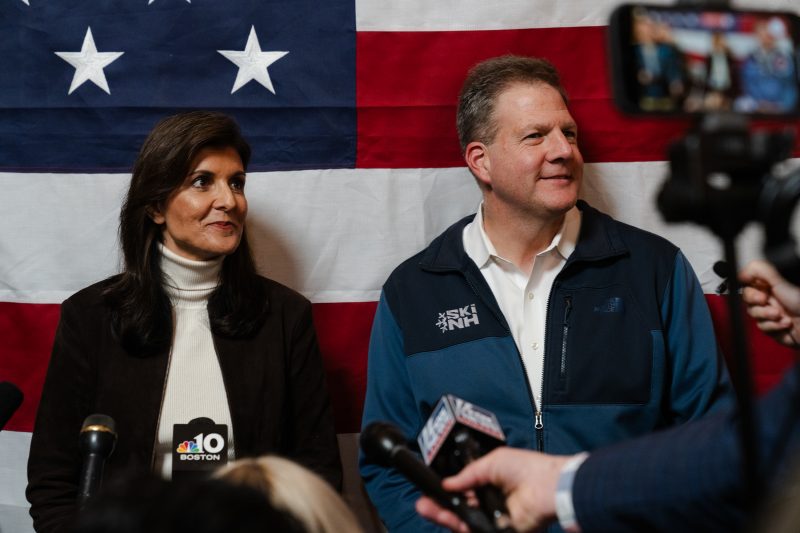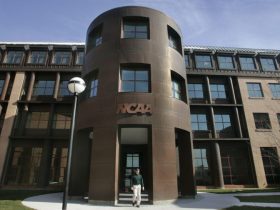New Hampshire Gov. Chris Sununu (R) has been a thorn in Donald Trump’s side for quite some time. This week, he upped the ante, offering his endorsement for Trump’s 2024 presidential rival — former United Nations ambassador Nikki Haley.
In an interview with ABC News’s Jonathan Karl, Sununu offered a prediction about the results of his state’s primary in just over a month.
“She’s gonna win in a landslide,” he said, “and that’s not an exaggeration.”
These sorts of pronouncements from the allies of trailing candidates aren’t unusual, certainly. No one endorses a candidate and then gathers reporters to say, “Eh, we’ll see.” But it is uncommon for a supporter to suggest that their candidate cannot only overcome a 25-percentage-point deficit in 40 days — where Haley is now — but to soar past a mere plurality.
Of course, New Hampshire isn’t a normal state.
Thanks to 538′s having calculated polling averages for historic primary contests, we can see how races shifted over time since 1980. What’s depicted below are the final 90 days before the New Hampshire primary for each contest, with the 40-day mark (the most recent in 538′s 2024 data) indicated with a dashed line.
Pay particular attention to the way in which there are often big swings right at the end of each contest.
The reason for that is simple and well-known. New Hampshire prides itself as being the “first in the nation” to conduct a primary — because it follows Iowa’s caucuses, a different measurement of support.
In many years, the results in Iowa have had a noticeable effect on what happens in New Hampshire, with the caucus winner or runners-up suddenly gaining or losing support as New Hampshirites seek to redirect the nominating fight. That’s not the only reason for the shift, but it’s a reason.
If we compare where past New Hampshire primaries were polling 40 days before voting, we see that the person in the lead usually won. Notice that in the years where the person leading didn’t go on to win, though, that the distance between first and second 40 days out was often much farther (that is, the line joining the dots is much longer).
In the four contests out of the last 15 where the person leading at this point in the race didn’t go on to win, that leading candidate had an average lead of about 23 points, nearly twice the 12-point lead of those who ended up victorious.
But the candidates who came from behind in the final 40 days won by an average of 7 points, compared to 14-point victories by those leading at this point in the race. Two who came from behind won by double digits: Gary Hart in 1988 and John Kerry in 2004.
Let me be clear: None of this is to say that a similar late shift will happen in 2024. After all, the person leading at this point is Donald Trump, a candidate who is extremely well-known and, unlike most past candidates in New Hampshire, has already won a New Hampshire primary. (So had Hillary Clinton when she was running in 2016, but 40 days out, she was essentially tied with the eventual winner, Sen. Bernie Sanders (I-Vt.).)
It is instead to say that, if there were to be a state where there was a sudden, late shift in favor of a trailing candidate, New Hampshire is a pretty good place to predict it.








